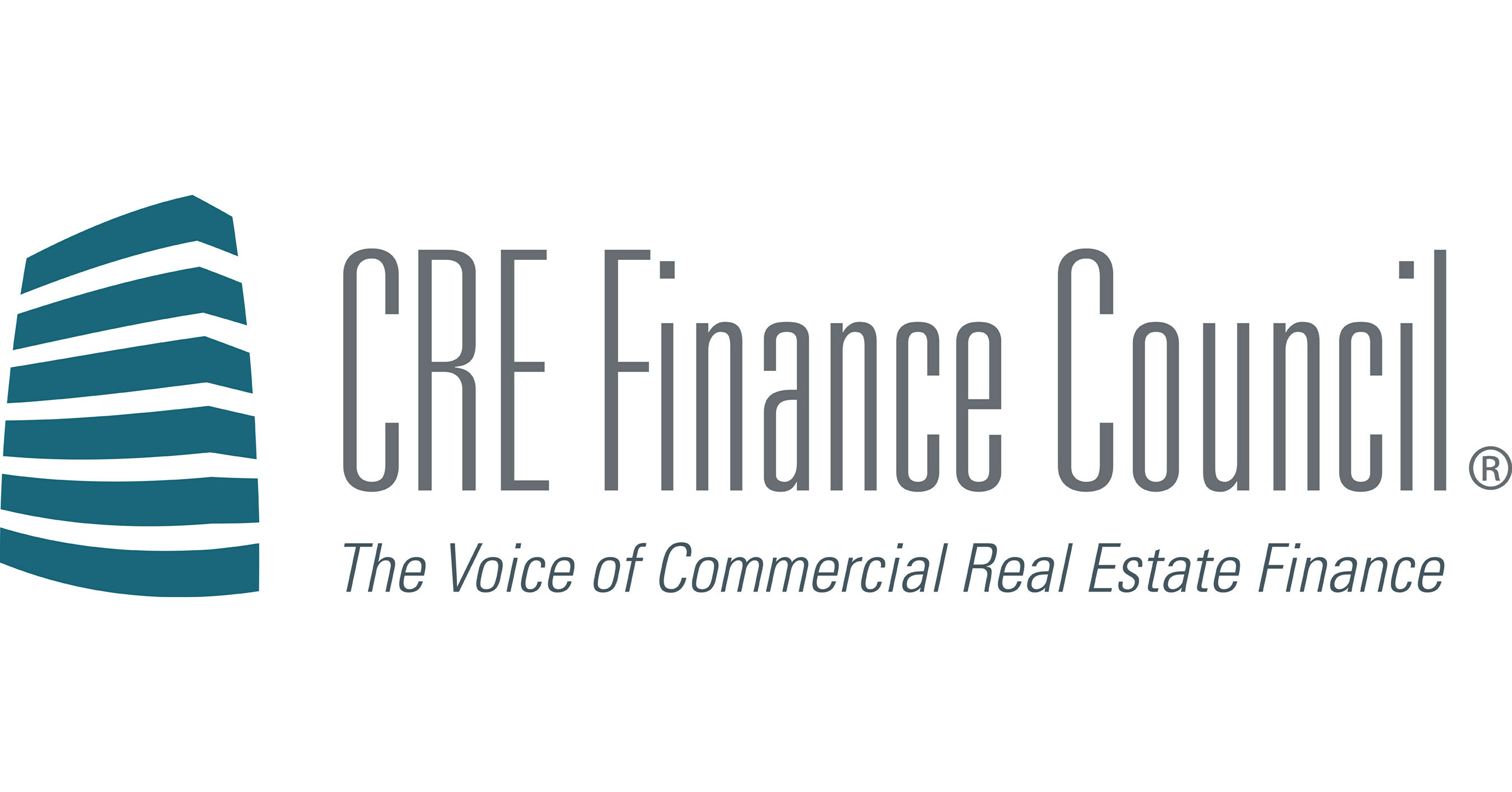C
onsumer Policy Center (CPC) researchers Stephen Brobeck and Wendy Gilch carried out a mystery‑shopping investigation of 281 buyer agents in 26 U.S. metros between July and September. Every agent quoted a fee as a percentage of the final sale price; 95 % of them listed a rate between 2.5 % and 3 %. The rates were remarkably consistent within each market, a pattern that the authors interpret as evidence of a local culture that may be sustaining a de facto price‑fixing arrangement. When compared with a 2022 CPC survey, the proportion of agents demanding a 3 % commission has jumped from 40 % to 64 % over three years, showing that commission levels are not falling as some reports suggested.
The study also revealed a striking lack of uniformity in buyer‑agency agreements. About half of the agents offered short‑term touring contracts that impose no termination penalties. Roughly 52 % insisted on a signed agreement before the first showing, while others waited until after a showing or before an offer. A few agents even backdated the contract. One Sacramento agent admitted that “no‑one’s checking contracts to make sure they’re signed,” underscoring weak enforcement of agreement rules.
Despite the 2023 NAR settlement that required clearer separation of seller and buyer commissions, CPC’s findings indicate that the industry largely preserves the old compensation model. Some agents appear to be charging a “risk premium” to maintain pre‑settlement rates, and many still assure buyers that sellers will cover their fees, creating a barrier to negotiation.
The report points to “evidence of price‑fixing” in the uniformity of rates and notes that listing agents, who often represent buyers in other transactions, have an interest in keeping current buyer‑agent rates. The authors argue that the class‑action suits and Department of Justice scrutiny that accompanied the NAR settlement should be revived and prioritized to dismantle collusion and promote transparency.
CPC also stresses that regulators and the industry can do more to inform and educate consumers about the true costs of buying and selling homes. By encouraging buyers to negotiate fixed dollar amounts instead of percentage‑based fees, the industry could reduce the current reliance on a one‑size‑fits‑all commission structure.














